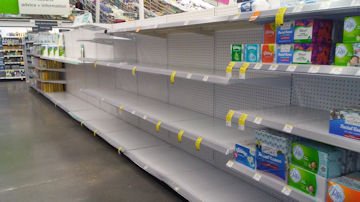WHO appears to contradict both the CDC and my recollection of the Chinese recommendation. This is from the underlying research (March 2017) that
I think forms the basis for the Journal of Hospital Infection article that Bongleur's attached:
The comparative inactivation analyses of all viruses tested revealed that the CoVs, in particular SARS-CoV, were the most susceptible viruses to WHO formulation treatment. ... The degree of susceptibility of the different viruses to the WHO formulation
likely depends on the specific surface properties of the lipophilic envelope of the respective virus. ... Interestingly, WHO formulation I was superior compared with WHO formulation II in inactivating these nonenveloped viruses, whereas in this study the opposite effect occurred, with
WHO formulation II showing a higher virucidal activity against enveloped viruses. This discrepancy can be explained by the presence of the virus envelope, which
likely renders enveloped viruses more susceptible to the isopropanol-based WHO formulation II compared with the ethanol-based WHO formulation I .
https://www.ncbi.nlm.nih.gov/pmc/articles/PMC5407053/
SARS-CoV-2 (that causes Covid-19) is, of course, an enveloped virus.
The active ingredient in WHO Formulation I is ethanol 80%
The active ingredient in WHO Formulation II is isopropyl alcohol 75%
https://www.ncbi.nlm.nih.gov/books/NBK144054/
The WHO video attached by another poster provided instructions for making WHO Formulation II.
Based upon my recollection of the Chinese recommendation (75 percent ethyl alcohol) I unfortunately bought additional
ethyl alcohol to mix into some GERM-X sanitizer. Based upon WHO, I'm wondering if I should now plan on using IPA. On the other hand, the Chinese have the best experience with SARS-CoV- 2.
It would be good to locate a specific well-sourced recommendation from the Chinese CDC. I've spent about 30 minutes attempting to find one but cannot.
As for the US CDC, my concern would be their recommendations are general with efficacy depending upon the time the user can keep their hands saturated. The lower the alcohol content the longer the time required - with that varying by virus.

